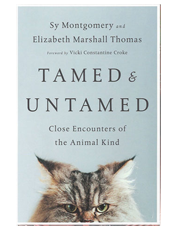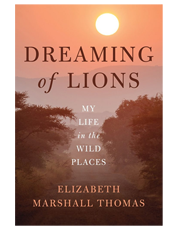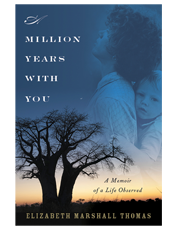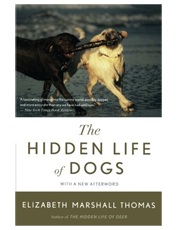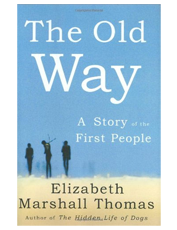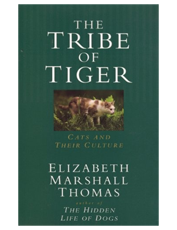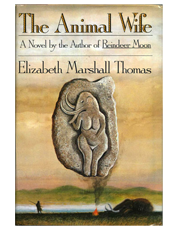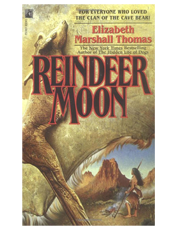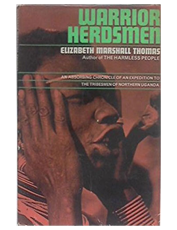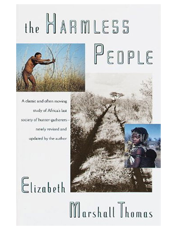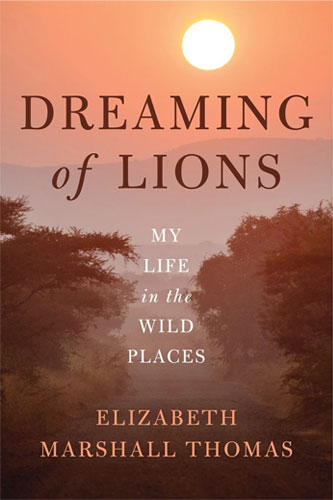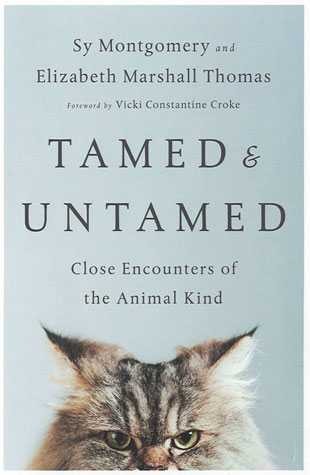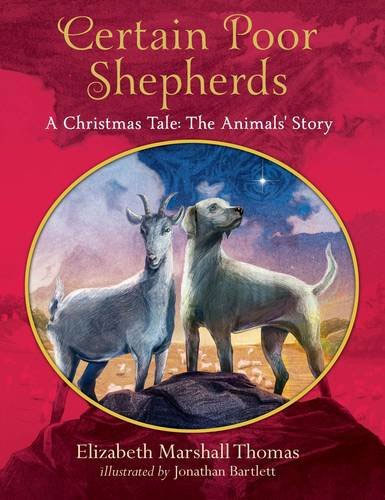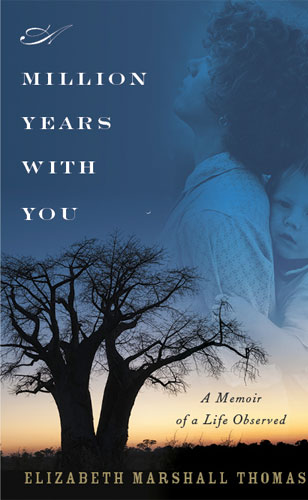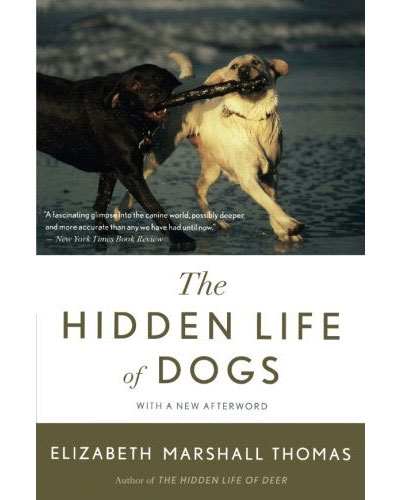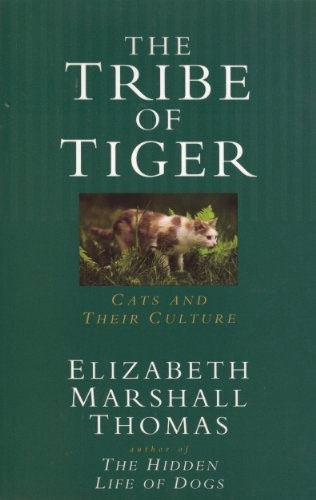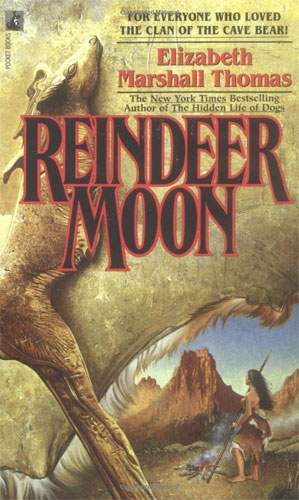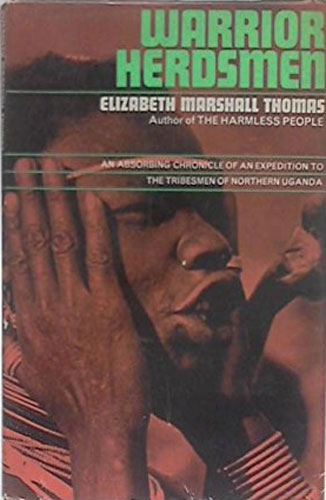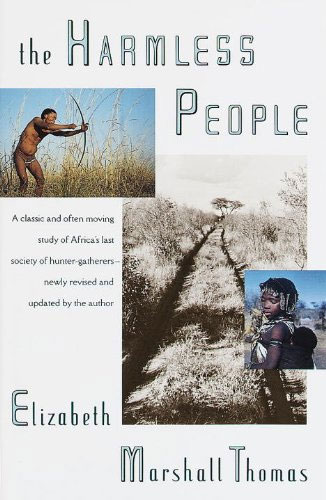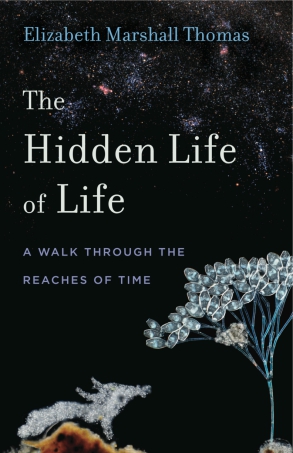The Old Way
A Story of the First People
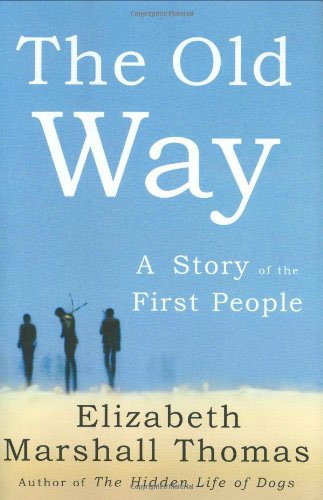 ISBN-13: 978-0374225520
ISBN-13: 978-0374225520
Publisher: Farrar, Straus and Giroux
Publication date: 10/17/2006
Pages: 368
Product dimensions: 9.3 x 6.3 x 1.2 inches
Amazon
Barnes & Noble
Better World Books
Good Reads
Alibris
The Old Way
A Story of the First People
The history of mankind that most of us know is only the tip of the iceberg, a brief stint compared to fifteen thousand centuries of life as roving clans that seldom settled down adapted every day to changes in environment and food supply, and lived for the most part like the animal ancestors from which they evolved. Those origins are not so easily abandoned, Thomas suggests, and our wired, documented, and market-driven society has plenty to learn from the Bushmen of the Kalahari about human evolution. As she displayed in The Hidden Life of Dogs, Thomas helps us see the path that we have taken in our human journey. In The Old Way, she shows how the skills and customs of the hunter-gatherer share much in common with the survival tactics of our animal predecessors. And since it is “knowledge, not objects, that endure” over time, Thomas brings us to see how linked we are to our origins in the animal kingdom.
When Thomas was 19, her father, one of the founders of Raytheon, moved her family to Africa to live among the bushmen of the Kalahari. It’s hard to imagine a teenager today who would not only give up the comforts of living in an industrialized nation like the United States but also utterly embrace and come to love a group of people who live without possessions or even permanent dwellings. Thomas sees the !Kung San as noble people, and her voice imparts the respect—almost awe—she feels in their presence. Her narration is as intimate as if she were sharing with friends her intricate knowledge of the plants and animals of the Kalahari. She speaks Ju/wasi, the click language, so she can easily explain much by using the group’s own words. Thomas’s voice is also wise and loving: she helps us see as these gentle people do and takes us with her through their endangered, fragile environment.– Publisher’s Weekly
—Sy Montgomery, author of The Snake Scientist and The Man-Eating Tigers of Sundarbans
Fifteen Hundred Centuries
If you look at a map of Africa made in the 1940s you will see in the southwest portion of the continent a sparsely inhabited bushland about the size of Spain. Within this is the Kalahari Desert, an area of about 120,000 square miles, much of it as seemingly empty as the Antarctic. In the interior, the map shows 20° south latitude crossing 20° east longitude, which formed part of the border between South West Africa and the Bechuanaland Protectorate, now Namibia and Botswana. But there, the map is otherwise blank, without place names or topographical features, because the mapmakers did not know of them. When in 1950 my father, Laurence Marshall, was looking at such a map in Windhoek, then a frontier town with unpaved roads, a government official told him that the place he was viewing was the end of the earth. No white person, he thought, had ever been there, and no Bantu person, either.
[expand title=”Show More”]
Yet that was where my father planned to go. He wanted to visit the hunter-gatherers who were believed to live there and was considering the map because he was preparing to take my mother, Lorna, my brother, John, then eighteen, and myself, then nineteen, into that country. But how to get there, where we might find water, how much of the interior was dry bushland and therefore habitable, and how much was true desert and therefore not habitable, was just a guess. How we would find the hunter-gatherers was also just a guess. Much later, we were to learn that perhaps ten thousand people known as Bushmen lived there by hunting and gathering, and that perhaps one hundred thousand square miles were more or less habitable, as least for part of the year, which meant that the population density, if you can call it density, was one person for every ten square miles. Obviously, we would not find these people easily.
But find them we did. We found people who called themselves Ju/wasi and were living the lifestyle of our ancestors, a lifestyle of the African savannah that began before we were human beings, changing in form but not in essence as time passed and the climate fluctuated, and lasting until the last third of the twentieth century. That any of us are here at all is due entirely to the long-term culture that these hunter-gatherers, with their courage, skills, and knowledge, continued to uphold.
[/expand]


